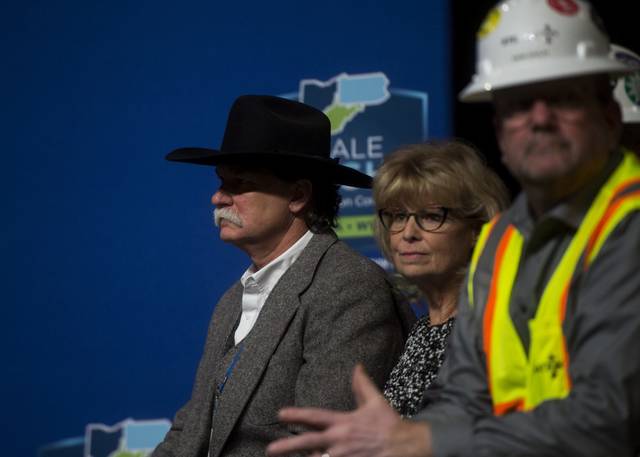Editorial: How do we save manufacturing?
According to the state Department of Community and Economic Development, Pennsylvania has more than 18,900 businesses and 570,400 people engaged in making everything from steel to potato chips to lighters.
That is a significant number of companies and employees. It just isn’t what it used to be.
The Georgetown Center on Education and the Workforce issued a report that shows how dramatic that change has been. In 2016, only two states — Wisconsin and Indiana — had manufacturing as their leading employer.
Pennsylvania fell in a catch-all category of administration, leisure, food and other services. Like 15 other states, including neighboring Ohio, manufacturing last showed itself as the state’s top dog in 2000.
Nationwide, the study showed manufacturing’s peak in the 1960s, when 26 states including Pennsylvania were employing more people making things than any other industry.
Today, a lot of defining arenas like coal and steel have practically become niche corners of business compared to the new monoliths like health care and technology, at least when it comes to jobs.
That might be surprising, considering the amount of attention President Trump has paid to manufacturing in general — and to swing-state Pennsylvania’s coal and steel industries in particular. But tariffs and deregulation can’t do anything about the way business changes on its own.
Murray Energy operates 17 coal mines in six states including Pennsylvania. It filed for bankruptcy Tuesday. Founder Robert Murray stepped down as CEO.
An avid Trump supporter, Murray made frequent media appearances in the 2016 campaign. But even he said, on Fox News during the Republican National Convention in Cleveland, that “I don’t think those jobs can come back. … I don’t think it can come back to where it was.”
An Associated Press look at manufacturing jobs shows he’s probably right. Employment is up in high-tech and other energy jobs but not necessarily in those industries that were critical to wins in Pennsylvania, Ohio and Michigan. In Pennsylvania, gas and oil is the growth energy, as Trump acknowledged in a visit to Pittsburgh last week.
The future of manufacturing is acknowledging that as one thing declines, another rises — and businesses go out to find that next thing. The salvation of those jobs is everyone looking at the issue as a puzzle to be solved, rather than a political battle to be won.
And the people who do those jobs have to be a priority — or Pennsylvanians will be looking at statistics in 2039 remembering the good old days of manufacturing back in 2019.
Remove the ads from your TribLIVE reading experience but still support the journalists who create the content with TribLIVE Ad-Free.

